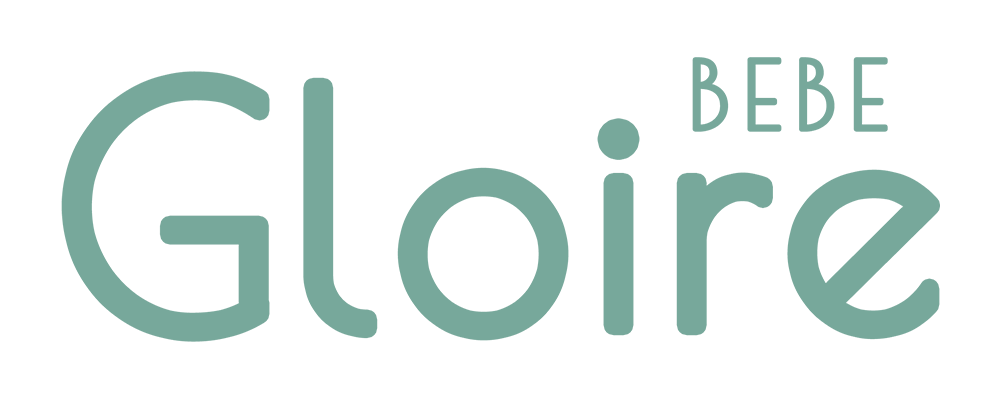The Difference: Digital Print & Screen Print ?
What's the difference between Digital Printing and Screen Printing? How about their Definitions, Types ?
1. What is Digital Printing?
"Digital printing" is a modern textile printing method that uses computer-controlled inkjet technology to directly apply ink onto fabric or other materials without the need for physical screens or plates. It is ideal for high-detail designs, gradient colors, and small-batch customization.
Types of Digital Printing:
- Reactive Digital Printing
- Fabrics: Cotton, linen, silk, wool (natural fibers).
- Features: Vibrant colors, excellent wash fastness, soft hand feel. Requires steam fixation.
- Applications: High-end fashion, home textiles, scarves.
- Acid Digital Printing
- Fabrics: Silk, wool, nylon (protein-based fibers).
- Features: High color saturation but requires acidic fixation (less eco-friendly).
- Applications: Luxury scarves, swimwear, women's apparel.
- Disperse Digital Printing
- Fabrics: Polyester and polyester blends.
- Features: Requires heat sublimation for fixation. Bright, durable colors.
- Applications: Sportswear, flags, banners.
- Pigment Digital Printing
- Fabrics: Almost all fabrics (cotton, polyester, blends).
- Features: No post-washing needed but stiffer hand feel and duller colors.
- Applications: T-shirts, tote bags, home decor.
- Heat Transfer Printing
- Fabrics: Light-colored polyester or coated fabrics.
- Features: Printed on transfer paper first, then heat-pressed onto fabric.
- Applications: Custom T-shirts, promotional items.
2. What is Screen Printing?
Screen printing is a traditional method where ink is pushed through a mesh screen (one screen per color) onto the fabric using a squeegee. It is cost-effective for large batches but requires upfront screen preparation.
Types of Screen Printing:
- Water-Based Screen Printing
- Features: Eco-friendly, soft hand feel but lower opacity.
- Applications: Children's wear, undergarments.
- Offset Screen Printing
- Features: Opaque, vibrant colors (good for dark fabrics) but stiff texture.
- Applications: T-shirts, hoodies, canvas bags.
- Puff Printing
- Features: Ink expands when heated, creating a 3D effect.
- Applications: Graphic tees, caps, toys.
- Foil/Glitter Printing
- Features: Metallic or glitter effects using foil/glitter powder.
- Applications: Fashion apparel, gift packaging.
- Glow-in-the-Dark Printing
- Features: Fluorescent ink visible under UV light.
- Applications: Safety wear, night-running gear.
- Discharge Printing
- Features: Removes fabric dye and replaces it with new colors.
- Applications: Denim, dark-colored fabrics.
3. Key Differences Between Digital and Screen Printing:
| Aspect | Digital Printing | Screen Printing |
|---|---|---|
| Technic | Inkjet, no screens needed | Mesh screens (one per color) |
| Best For | Small batches, complex designs | Large batches, simple designs |
| Color Range | Unlimited (photorealistic) | Limited (spot colors) |
| Setup Cost | Low (no screens) | High (screen preparation) |
| Cost Efficiency | Fixed per-unit cost | Cheaper at scale |
| Speed | Slower (for on-demand production) | Faster (mass production) |
| Eco-Friendliness | Less waste, water-based inks | More waste, chemical-heavy |
| Special Effects | Limited | 3D, glitter, foil, etc. |
4. How to Choose?
- Choose Digital Printing If:
- You need detailed, multi-color designs.
- Order quantity is small or requires frequent design changes.
- Quick turnaround is needed (no screen setup).
- Choose Screen Printing If:
- Order is large (e.g. Thousands of pieces or up).
- Designs use few colors or require special effects (e.g., Glitter).
- Budget is limited for big bulk orders.
Now, Do you know the difference between Digital Printing and Screen Printing ?








